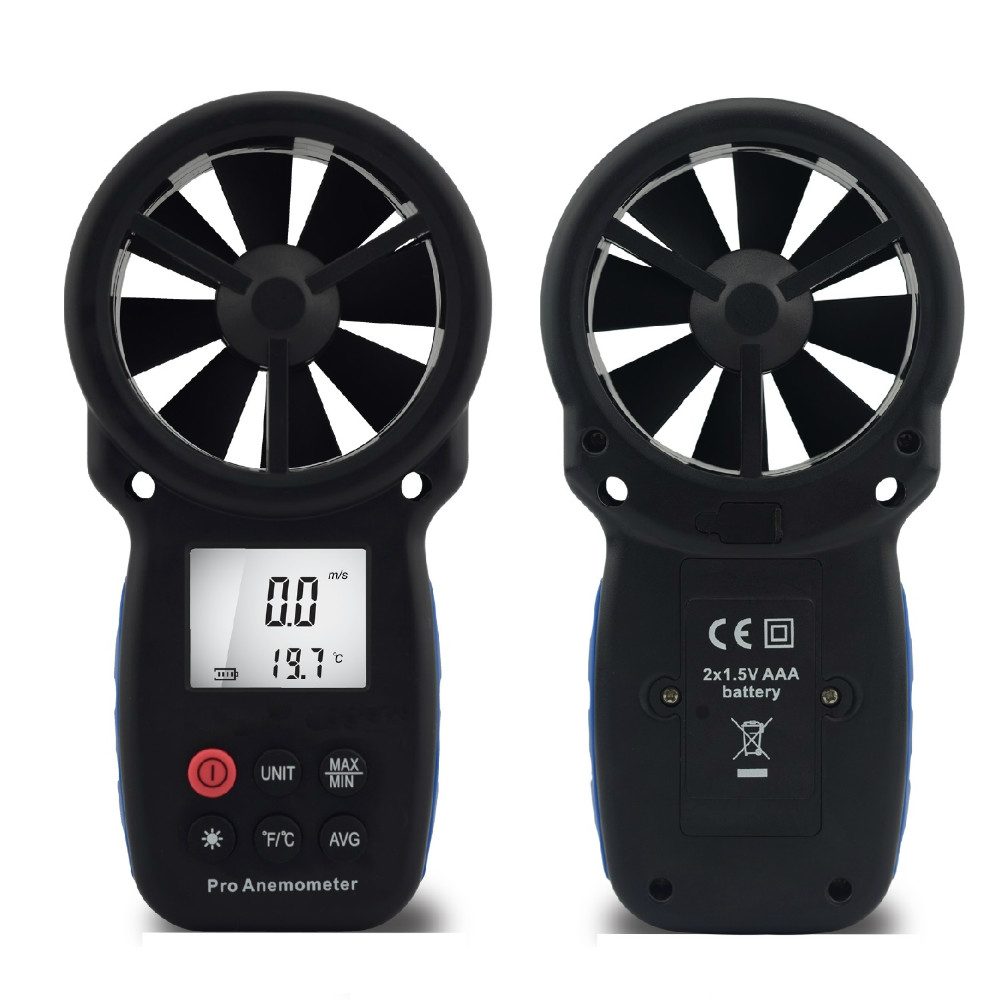Anemometers Revealed: Recognizing Their Value in Ecological Tracking and Safety And Security Actions
The function of anemometers in environmental tracking and safety and security procedures is commonly undervalued, yet their value is obvious. These tools have a long history rooted in scientific query and technical advancements, evolving to come to be essential devices in various fields. From meteorology to aviation safety and security, anemometers play an essential function in giving exact information that informs decision-making processes and boosts total safety. Recognizing the complexities of anemometers introduces a world of essential understandings that are basic to our understanding of the setting and the steps we require to guarantee security.
Background of Anemometers
The advancement of anemometers can be traced back to the old civilizations where rudimentary wind determining tools were first made use of. One of the earliest well-known anemometers was the hemispherical cup anemometer designed by Leon Battista Alberti in the 15th century.
In the 18th century, the popular scientist John Thomas Romney Robinson introduced the Robinson anemometer, which included 4 hemispherical cups installed on horizontal arms that extended from a main axis. This design ended up being a criterion in meteorological dimensions due to its accuracy and dependability. Over the years, improvements in modern technology led to the development of more modern anemometers, including ultrasonic anemometers and laser Doppler anemometers, providing boosted accuracy and efficiency in determining wind speed and instructions. The background of anemometers showcases an amazing journey of development and progression in the area of meteorology.
Kinds Of Anemometers
Throughout the field of weather forecasting, various types of anemometers have actually been established to accurately measure wind rate and direction. Sonic anemometers utilize ultrasonic signals to gauge wind speed and instructions accurately. Hot-wire anemometers operate based on the concept that the cooling impact of wind on a warmed cable is proportional to the wind rate.
Applications in Weather Forecasting
Having actually reviewed the different kinds of anemometers made use of in meteorology for measuring wind speed and instructions, it is important to explore their functional applications in the area. Anemometers play an essential function in weather forecasting by providing exact and real-time data on wind problems (anemometer). Meteorologists use anemometers to monitor wind rate and instructions to anticipate weather condition patterns, issue cautions for serious weather events like twisters, storms, and tornados, and evaluate weather for aeronautics safety
In weather forecasting, anemometers help in recognizing local and neighborhood wind patterns, which are crucial for predicting climate changes and determining weather fads. These devices are likewise used in research study to study microclimates, city heat islands, and air contamination dispersion. In addition, anemometers are utilized in farming to maximize crop monitoring techniques, such as irrigation and pesticide application, based upon wind conditions.
Importance in Aeronautics Security
An integral facet of guaranteeing aviation security depends on the precise monitoring of wind problems using anemometers. Anemometers play a vital function in aeronautics by giving real-time data on wind speed and instructions, assisting pilots in making notified choices throughout take-off, trip, and landing. Strong and unpredictable winds can substantially affect airplane procedures, making it necessary for aeronautics authorities to rely upon precise wind dimensions to ensure the security of passengers and team.

In the dynamic environment of aeronautics, where also minor adjustments in wind rate and direction can have extensive impacts, anemometers stand as crucial devices for promoting protected and secure air travel.
Function in Environmental Research
Exactly how do anemometers add to improvements in ecological research study? Anemometers play an important duty in environmental research study by offering crucial data on wind speed and instructions. This info is vital for recognizing different atmospheric processes, such as air pollution dispersion, weather condition patterns, and environment adjustment. By precisely gauging wind features, anemometers aid scientists examine the movement of toxins in the air, assess the impact of industrial exhausts, and anticipate the spread of contaminants in the atmosphere.


Verdict
Finally, anemometers have actually played a crucial role in ecological surveillance and precaution. With a rich history and different types readily available, these tools have actually been widely used in meteorology, aviation safety and security, and ecological study. Understanding the relevance of anemometers is vital for accurately measuring wind rate and direction, which is crucial for anticipating climate patterns, making sure find more safe air travel procedures, and performing environmental research studies - anemometer. Their payments to these fields can not be ignored.
One of the earliest known anemometers was the hemispherical mug anemometer developed by Leon Battista Alberti in the 15th century. Over the years, developments in technology led to the development of even more modern anemometers, including ultrasonic anemometers and laser Doppler anemometers, supplying enhanced precision and performance in measuring wind rate and instructions. Hot-wire anemometers operate based on the concept that the cooling effect of wind on a warmed wire is proportional to the wind speed. Meteorologists utilize anemometers to keep an eye on wind speed and direction to anticipate weather patterns, problem cautions for extreme climate occasions like hurricanes, storms, and hurricanes, and evaluate climatic conditions for air travel security.
Recognizing the significance of anemometers is vital for accurately determining wind rate and direction, which is crucial for predicting climate patterns, ensuring risk-free aviation operations, and conducting environmental research have a peek at this site studies. (anemometer)
Comments on “Anemometer Innovations: The Latest Technology for Wind Speed Measurement”